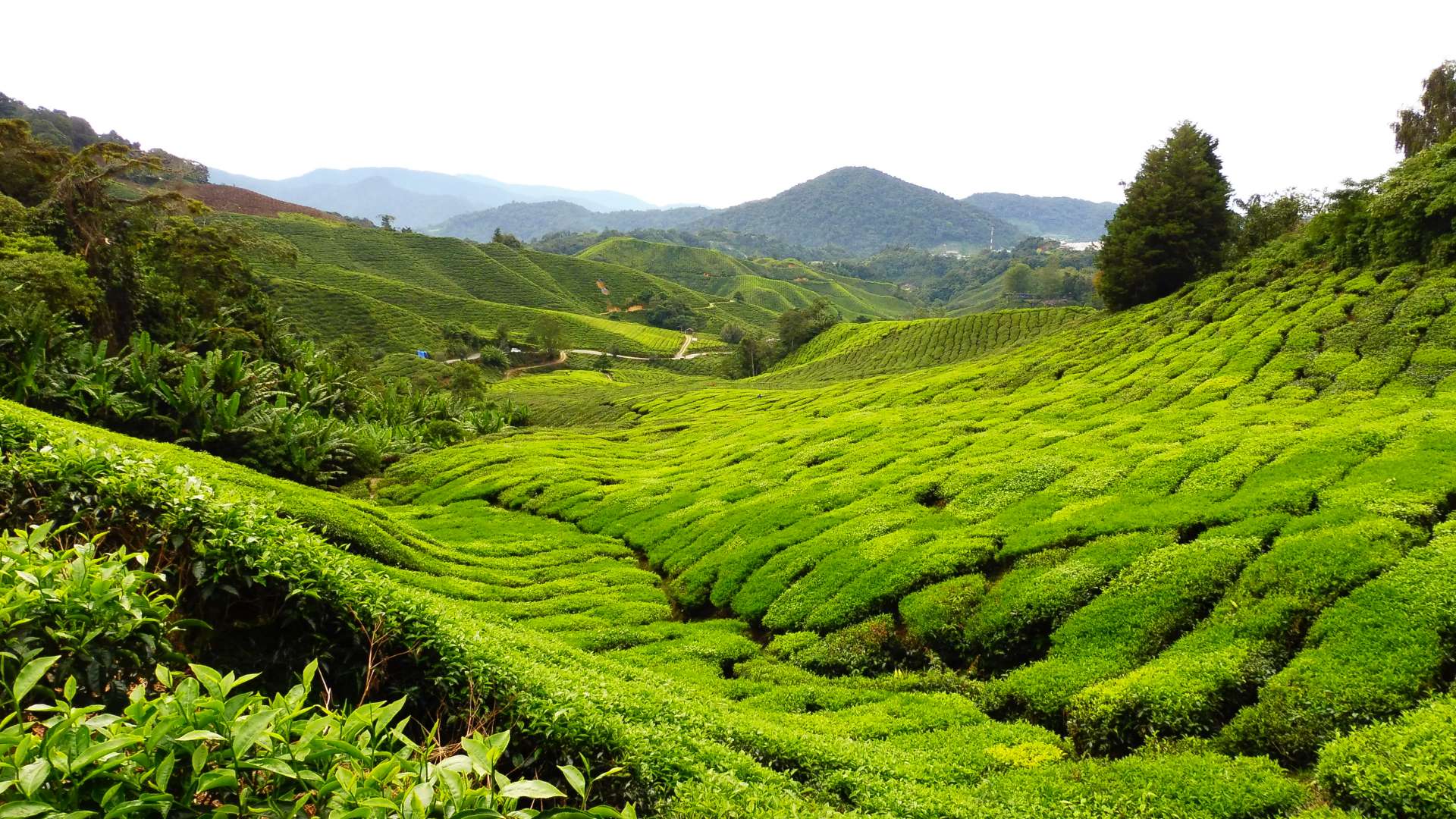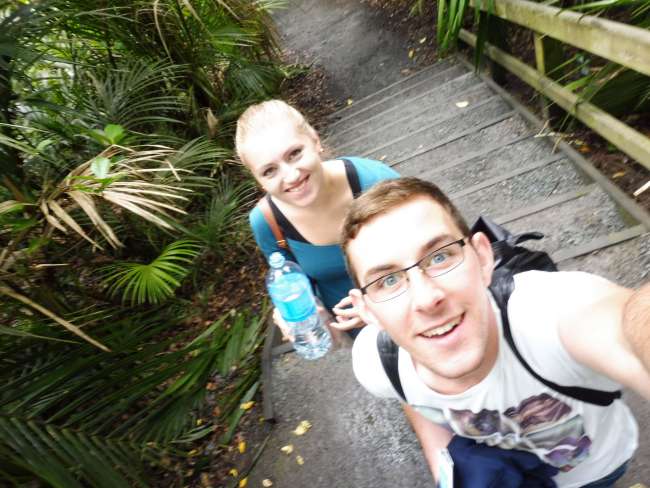
Up Up And Away
vakantio.de/up-up-and-away
The Outback endless expanses
प्रकाशित भइल बा: 21.05.2017
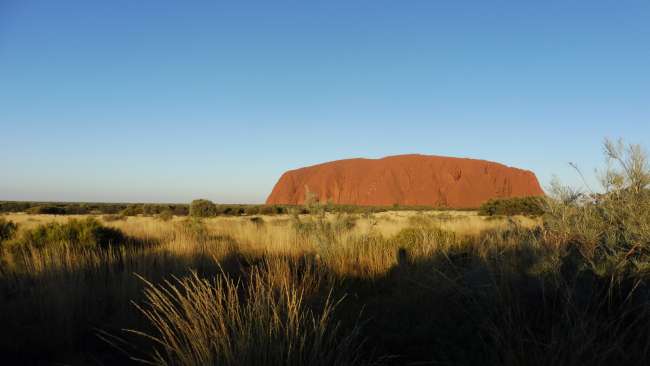
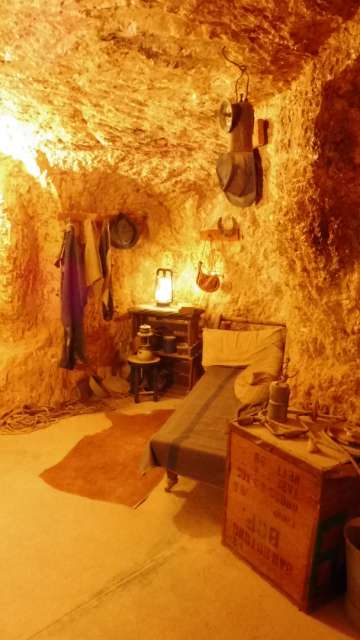
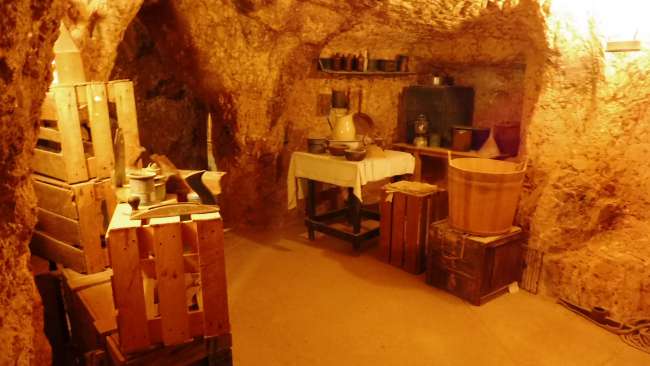
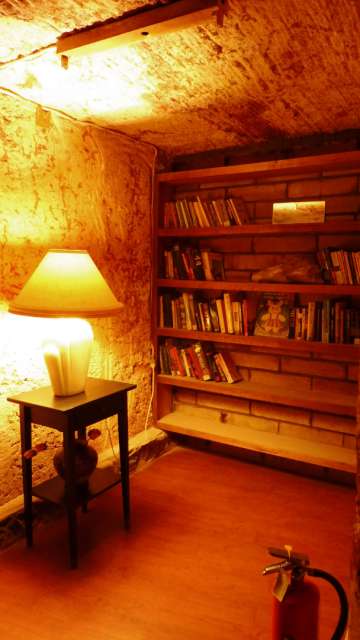
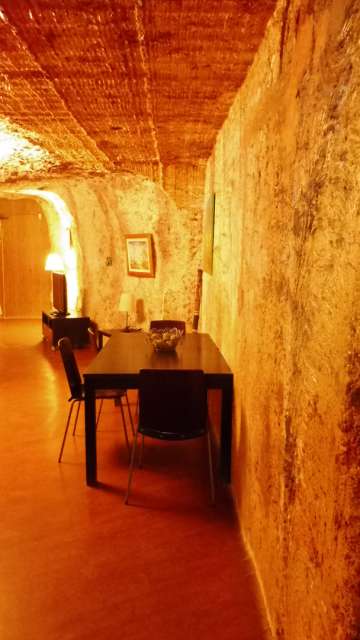
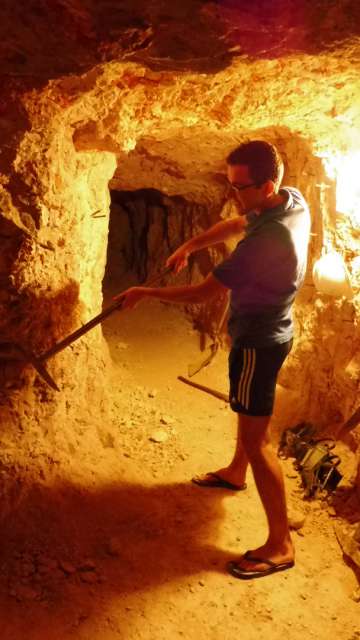
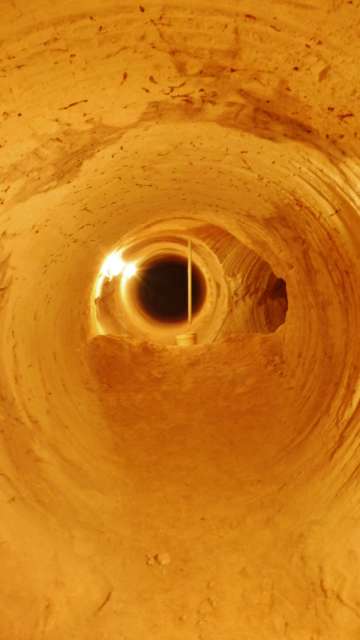
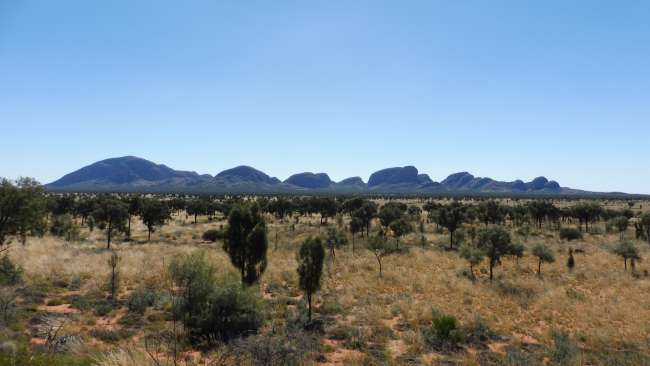
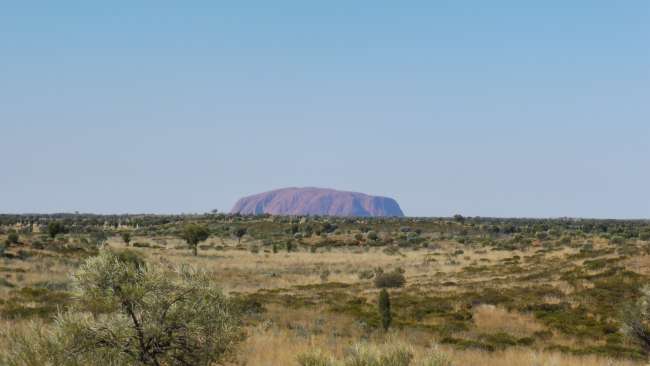
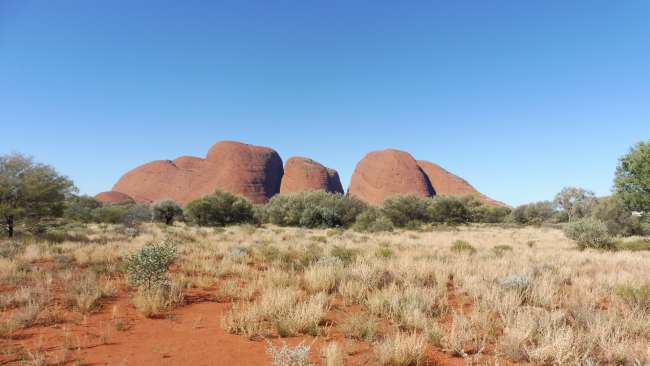
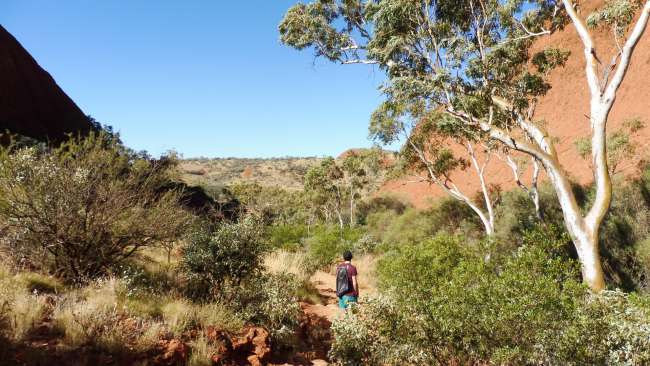
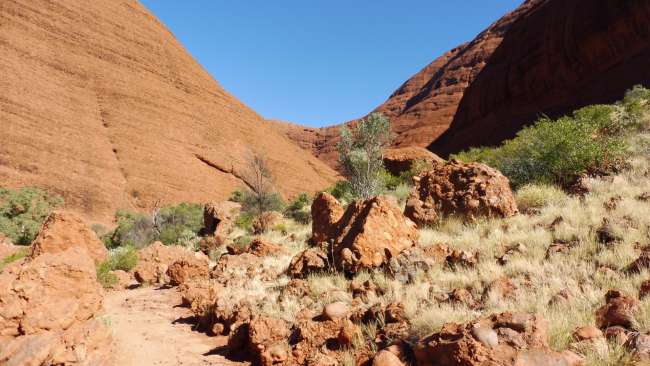
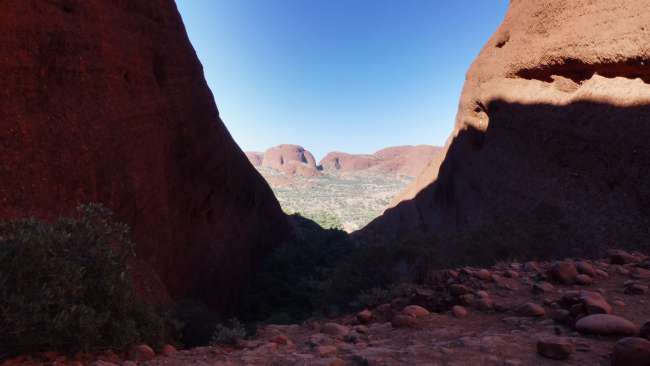
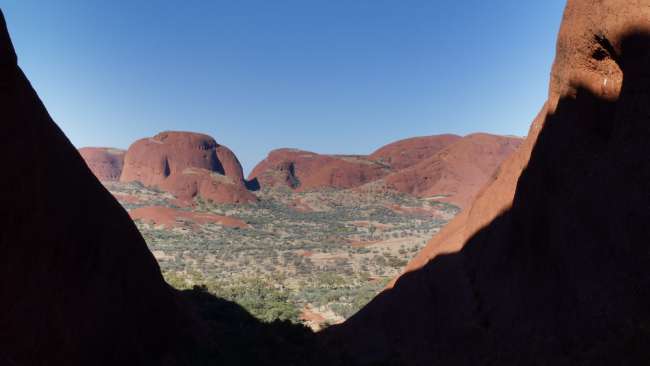
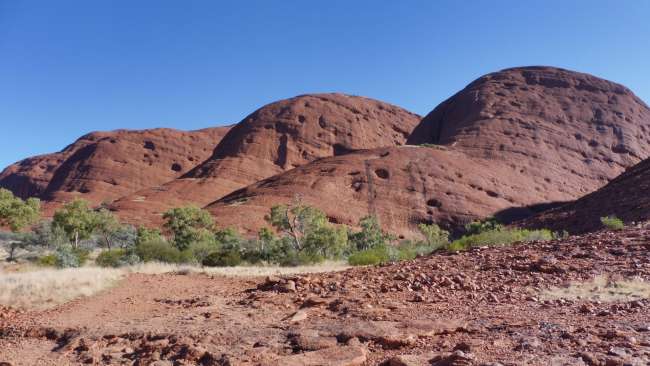
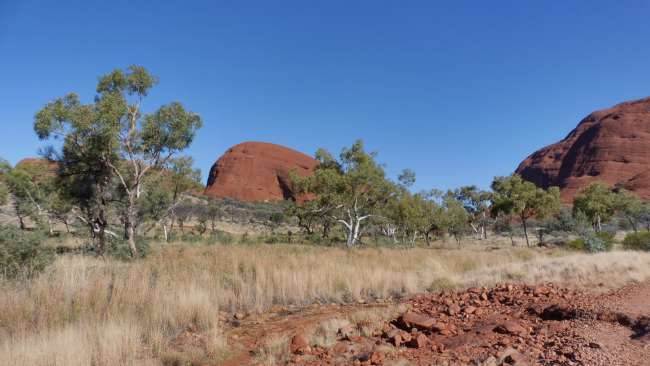

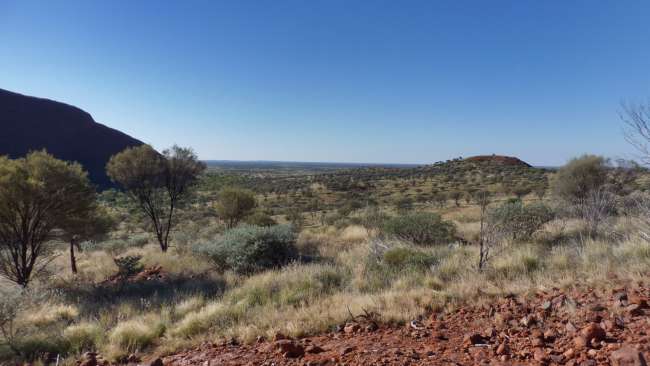
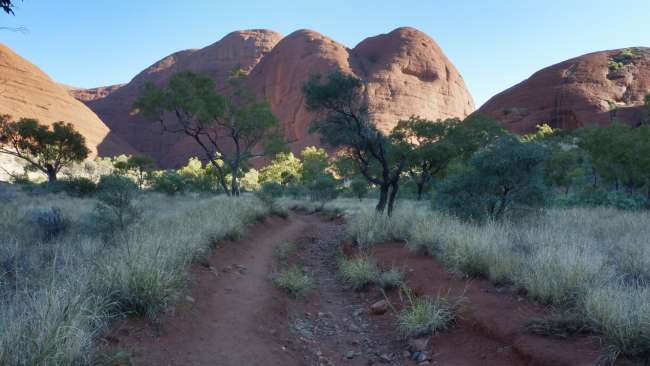
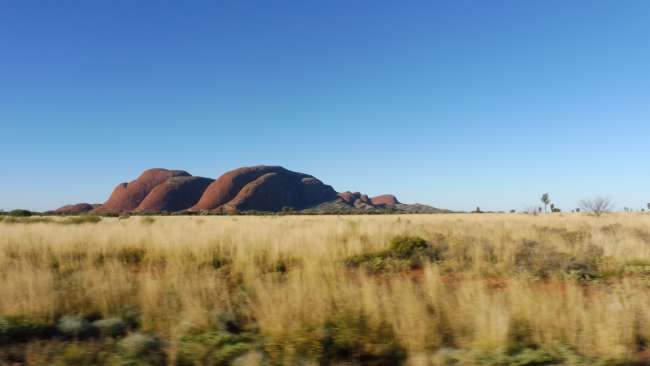
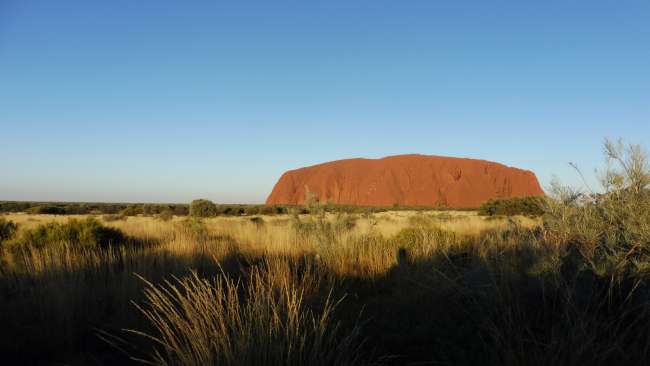
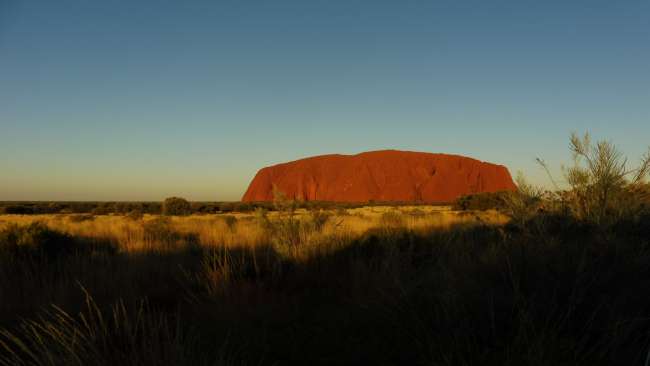
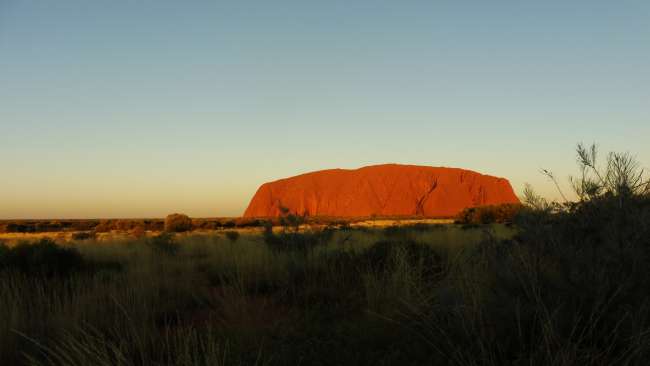
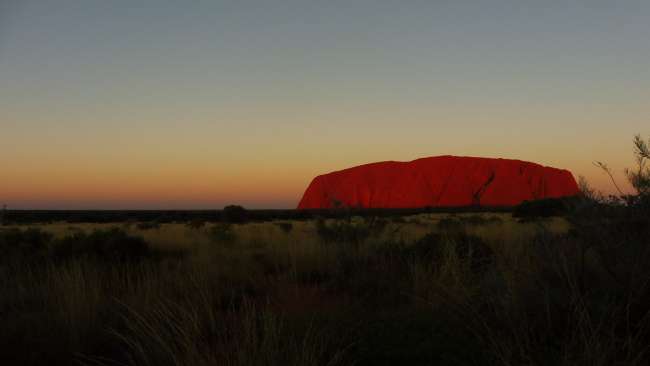
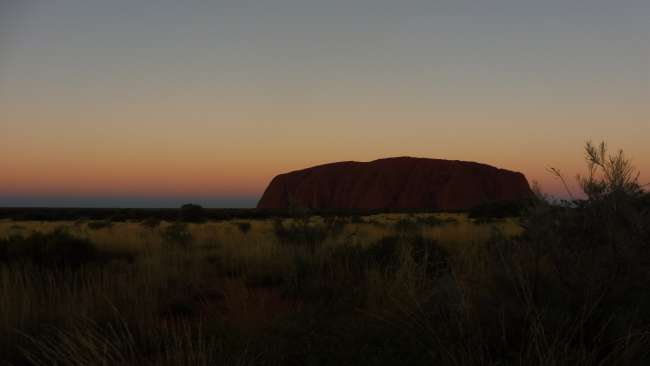
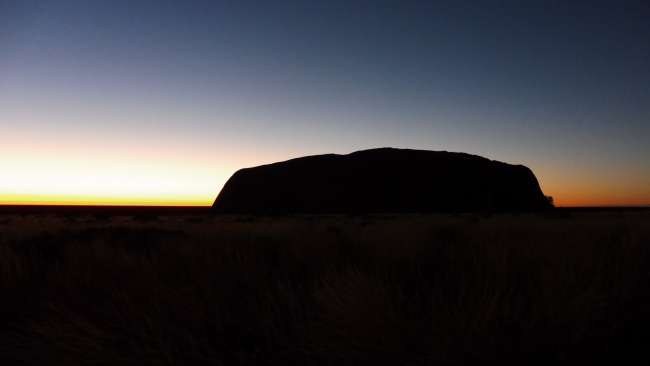
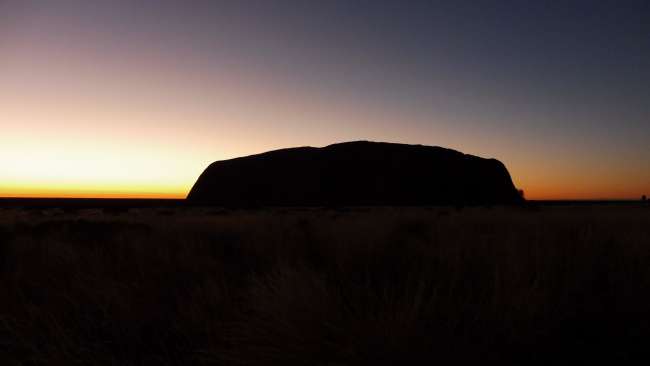
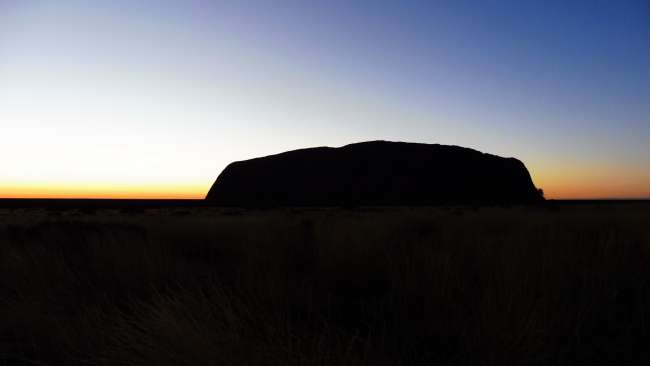
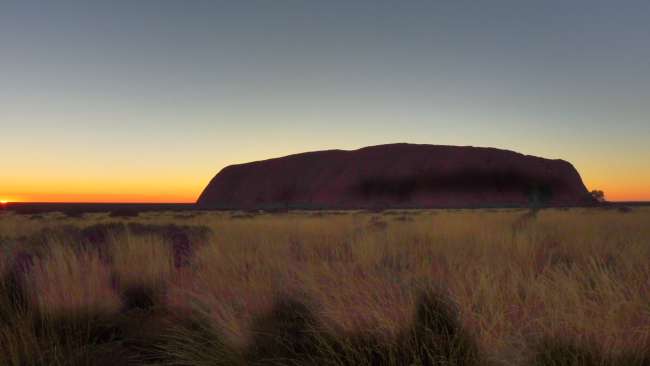
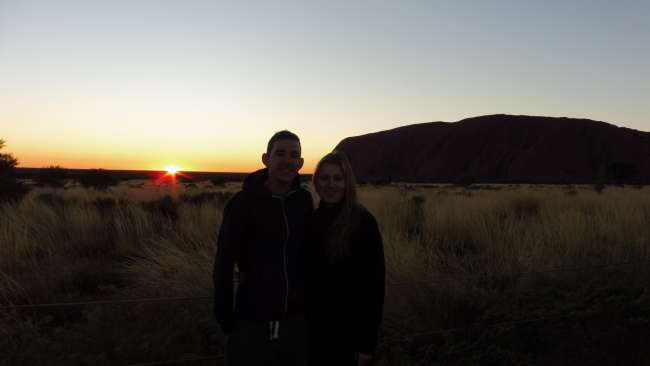
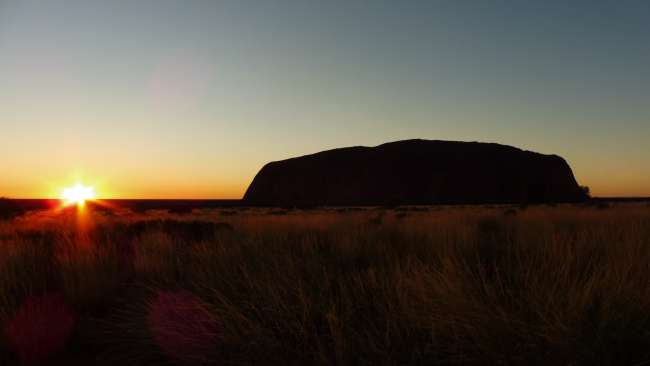
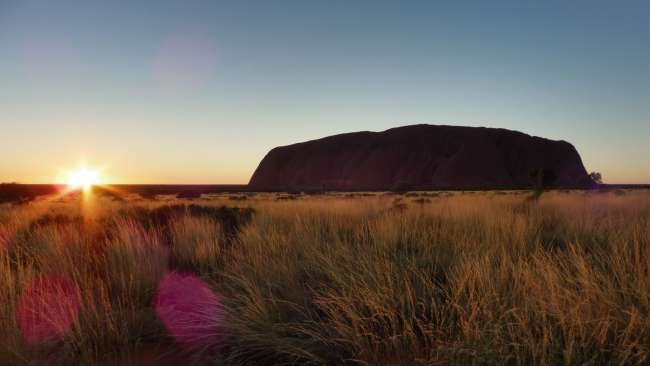
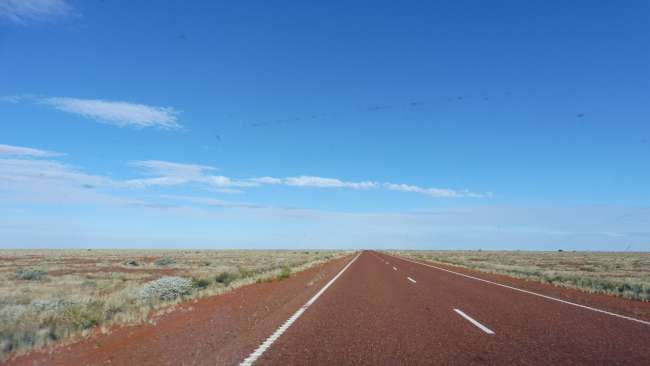
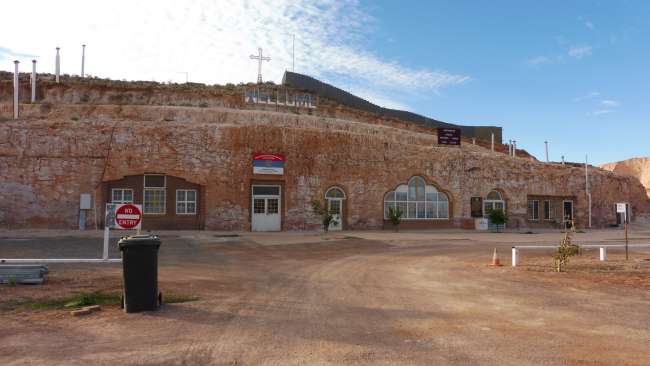
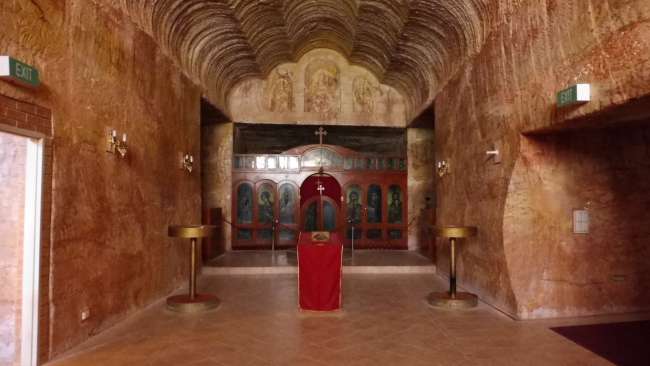
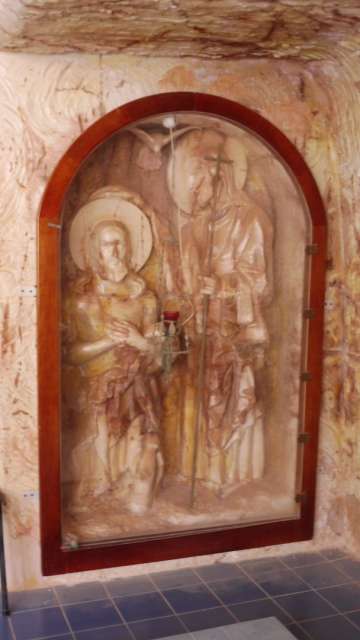
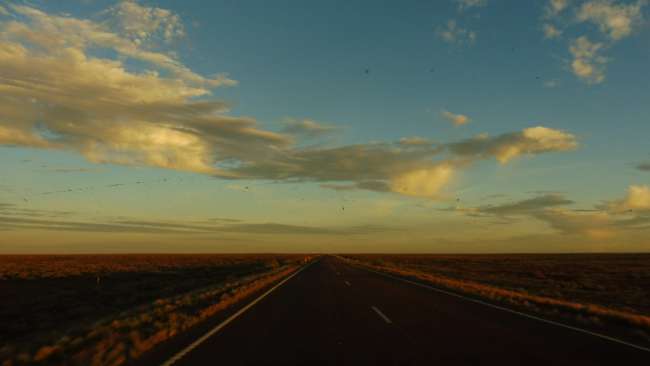
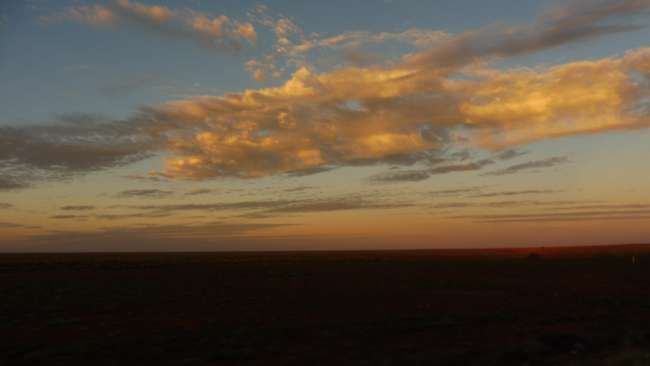
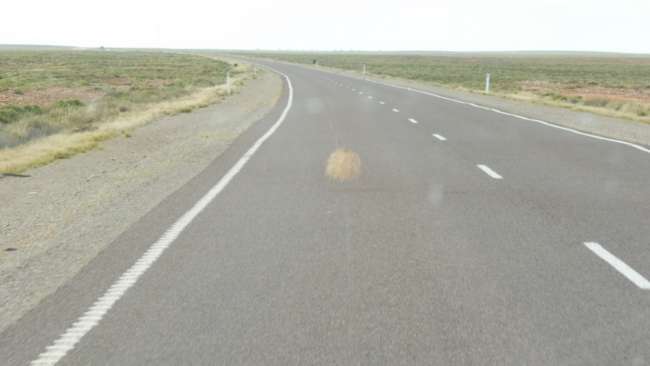
न्यूजलेटर के सब्सक्राइब करीं
12.05. - 17.05.17
We land in Adelaide at 10:30 am in sunshine and 24 °C. Exactly as we imagined when we left cold New Zealand. We make our way to the shuttle bus stop. The nice Australian guy puts everyone's luggage in the trunk. The minibus is full and with a righdy O' the driver starts the car. During the drive to the car rental, one of the passengers (after Claudi told him that we Germans and on our way to the Outback) tells a story about a German travel group. They stopped at a dead kangaroo during their trip and took photos of it. They put a jacket on the kangaroo. Only the kangaroo wasn't dead but apparently just resting on the side of the road. It jumped up and hopped away with the jacket and the wallet inside. The bus bursts out laughing and the driver next to me just said: "True Story".
We arrive at the car rental and have a positive surprise. Our car is significantly newer, more comfortable and better equipped than what we booked. So we have a spacious roof tent and a solar-powered cooler that can even freeze. Then we stock up on groceries at an Aldi, yes there is an Aldi here. We drive through Port Augusta towards the Outback and stop for the night at a rest area. We spend our first night in the rooftop tent and are impressed by the comfort.
Since we are in winter and the days are quite short, we decide to get up at 6 am with the first light. It is relatively dangerous to drive in the Outback at night because of kangaroos, sheep and cows and we don't want to have an accident in the middle of nowhere. Our goal in the Outback is of course Ayers Rock or Uluru as it has been called by the Aborigines for a long time and now also in general. It is 1600 km from Adelaide to the red landmark of Australia.
Our first stop is in Coober Pedy. A mining town whose houses were mostly built in old mine shafts. Even today opal is still mined in the area around the small town. We visit the oldest opal mine in Coober Pedy, which has now been partially converted into a museum, and learn about extraction techniques, processing, and the life of the miners at the time. Today, not more than 40 workers are working in the mines, as it is more of a gamble to find opal. People can become very rich, but they can also quickly get into debt due to the purchase of the necessary machines.
Interesting fact we learn: large parts of the Outback were covered by a salt lake in the past when the sea level was higher.
We leave Coober Pedy and continue through this vast hinterland, whose roads are often straight as an arrow to the horizon. Otherwise, there is not much to see here except never-ending steppe, bushes, and 1 - 2 salt lakes. Some dead kangaroos lie on the road, but we haven't seen any alive ones yet. We spend the night again in our rooftop tent at a rest area about 500 km from our destination.
We get up again with the sunlight and find ourselves in Yulara at noon, a tourist village located a few kilometers before Uluru and at the border of the national park. You could already see the red rock from afar as it stands majestically against the surroundings and basks in the sun. However, before that, we drive to Kata Tjuta, which is no less impressive. There, we walk the Valley of the Winds track, which lives up to its name. Then we go to Ayers Rock, as the sun is slowly setting. Like other tourists, we want to see how the red rock changes color as the sun sets.
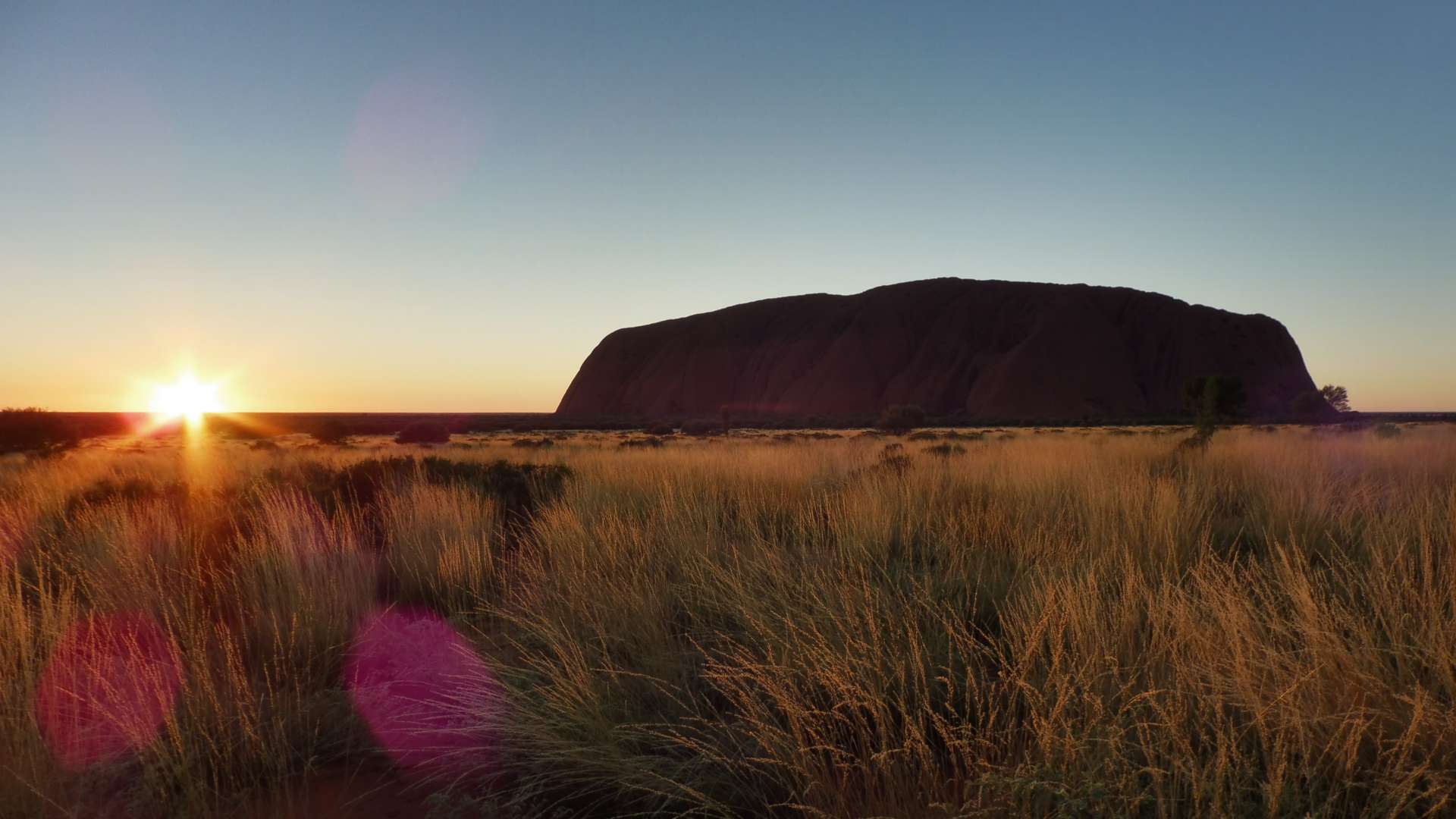
Sunrise at Uluru
We spend the night at a local campground. The next morning, we go to Uluru again to admire the sunrise. Then we head back to civilization towards Adelaide. Not much happens, just some typical wild west bushes rolling from left to right across the road. Later on, we can even see kangaroos hopping through the steppe. One of them comes dangerously close to the road and just manages to make the turn.
न्यूजलेटर के सब्सक्राइब करीं
जबाब
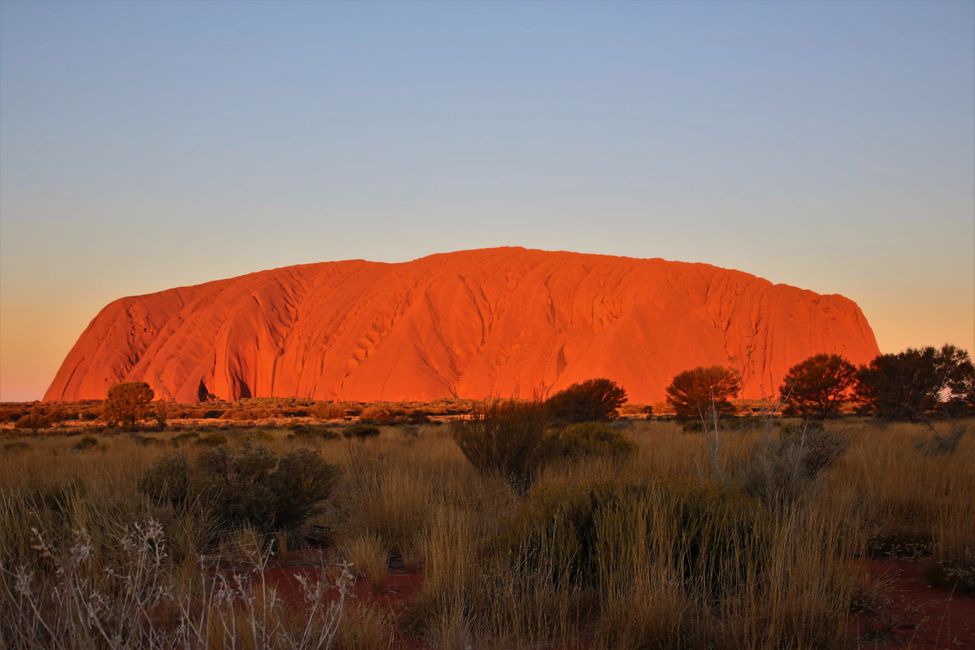
यात्रा के रिपोर्ट ऑस्ट्रेलिया के ह बा।
